This article was written by Emily Retino and Danica Lacuesta.
July 12, 2022, was a historic day because the James Webb Telescope released the first full-colored images of space. The James Webb Telescope was built under the Webb Program, which is an international program under the National Aeronautics and Space Administration (NASA), European Space Agency (ESA), and Canadian Space Agency (CSA). At the moment, the telescope is the largest optical telescope in space and claims to see approximately 13.6 billion light years away from Earth. It is essential for society to educate themselves on this telescope and the images they produce.
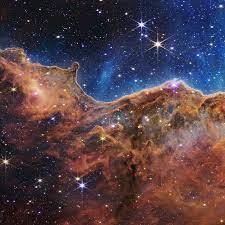
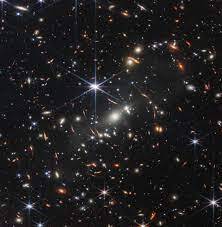
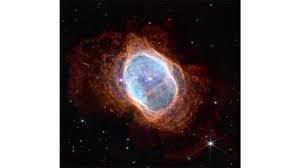
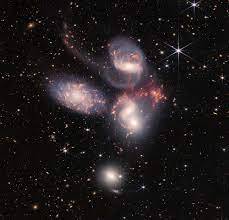
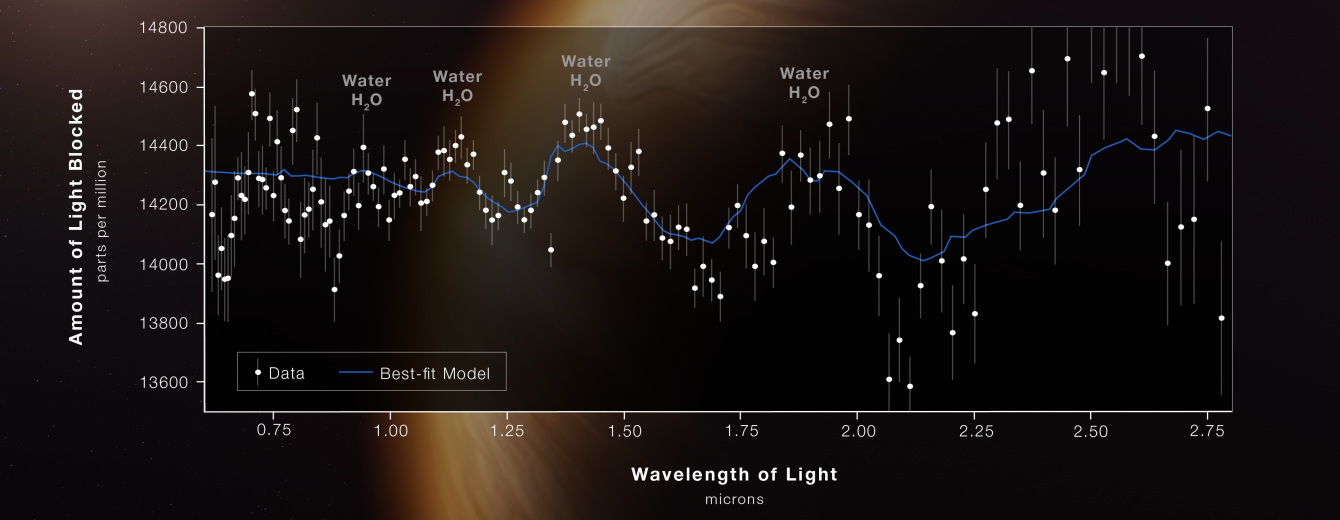
Since Webb’s telescope can only target a specific area at a given time, the target areas were predetermined and meticulously planned in advance to create images that would help further our current understanding and knowledge of space. The James Webb telescope is a huge advance from the Hubble Space Telescope, with greater detail, a definition in shape, and color. Although the Webb telescope images have given researchers a wealth of new information, there’s a catch! The telescope has an infrared detector, the Near Infrared Camera (NIRCam), using light collected from the sky. This detector allows astronomers to look at the infrared part of the electromagnetic spectrum; the telescope sees heat radiation, and engineers take this radiation to create an image in color for us to see.
Webb has the goal of “pushing the boundaries of human knowledge,” which can inspire bright, ambitious students to further current knowledge. The scientific discoveries found under the images captured by the James Webb Space Telescope can potentially build bridges between Stevens students, astronomers, physicists, and other technicians in NASA and other space agencies. Students who are passionate about space and exploration will be more inspired to pursue scientific research. Dr. James Rabinovitch, Assistant Professor at Stevens under the Schaefer School of Engineering and Science, leads a research group dedicated to space exploration. After seeing the images, he stated, “the clarity, the detail, and just the beauty that we saw was absolutely amazing.” NASA is committed to establishing a stronger observatory named the Nancy Grace Roman Space, where people will collaborate on machine building, analyzing data, and developing software. With the rise of interest in space, the Space Systems Engineering program at Stevens can captivate many aspiring space engineers, and ultimately the images captured from the James Webb Telescope can help us foresee a bright future for the world.
Be First to Comment